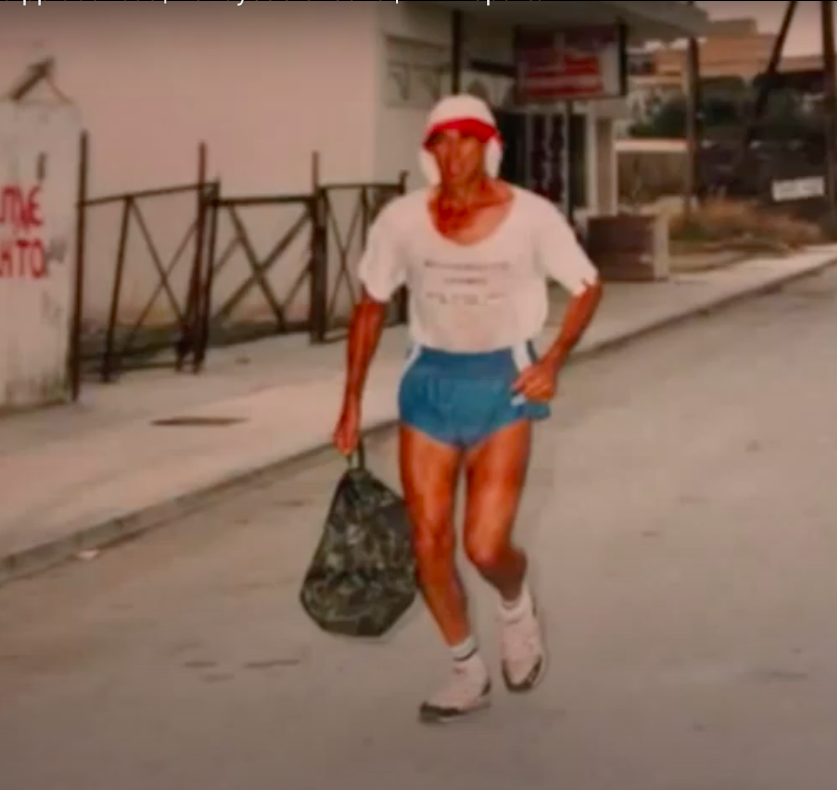Pheidippides Feat
Athens, Greece
Sparta, Greece
Until more efficient ways of transport were developed, running was a common way to transfer a message. Especially in times of war it was important...
Greek ultrarunner and founder of the Greek Association of Road UltraRacing Panayotis Skoulis was the first to run the complete legendary Pheidippides Feat from Athens to Sparta and back, as described by historian Herodotus, in 1992.
“Through sports I gained self-awareness and the development of physical and mental abilities while at the same time I made sure to have direct contact with the generations of athletes that followed.”
“We know that Nothing is impossible when there is a Will that opens Horizons to approach reality when there is faith first in ourselves and then in what we seek to conquer and love,” Panayotis said in his Ted Talk in 2015.
He got the idea to honor and revive Pheidippides’ feat and run in his footsteps in the late 1980s. It would be a tribute to the Greek culture and soul, as well as to universal significant values and ideals, such as freedom, equality, justice and friendship.
Panayotis would run solo without any support; he would carry only a backpack with food and water.
He took off on Monday midnight 27th August 1992 from the Acropolis, when it was still 30 degrees Celsius in Athens. His wife and two sons came to say goodbye, together with a dozen friends and fellow athletes.

He gradually made his way to Corinth in a constantly rising heat up to 45 degrees. He cooled his head and neck with water and tried to stay positive by thinking how he enjoyed nature and running in the hills while struggling and falling on rugged paths until he ended up walking.
Then he was struck by storm lightning and heavy rain. When the weather got worse and he was wet to the bone he had to shelter to not be killed in the mountains until early in the morning. He had lost about 12 hours because of this fateful Monday.
He pulled the road to Tripoli and after eating some spaghetti Panayotis started running like a hunted animal, determined to reduce the lost time and at 19:07 he kissed Leonidas’s feet in the city of Sparta and had dinner with his wife.
At 3:30 Wednesday morning he left for the return trip, knowing he was not going to give up.
He was sleepwalking many times in the middle of the road with cars passing by, but he would resist.
“I felt the presence of my ancestor Pheidippides accompanying my own shadow last midnight when I arrived in Nemea exhausted. I felt that I had hallucinations in the village of ancient Nemea,” Panayotis said.
“…. 40 km away from the Acropolis I passed Elefsina and from Daphne Daphne I ran to Iera Odos as if I had wings on my feet.
My emotion was obvious when I saw the Parthenon. My wife and some friends welcomed me with applause and pride because I was the first person to revive the feat of the ancestor Pheidippides….”
Panayotis covered the distance of 480 kilometers in 4 days and 5 hours.
His diet was limited only to bread, diluted coca-cola and occasional spaghetti.
He learned that nothing is impossible when there is a will, faith and love for what you seek.